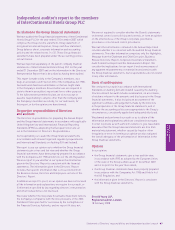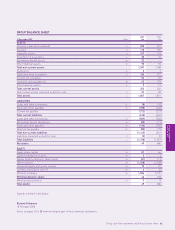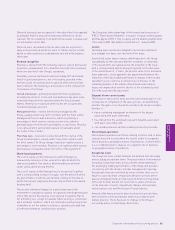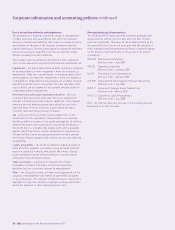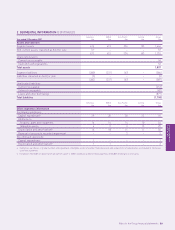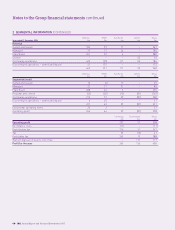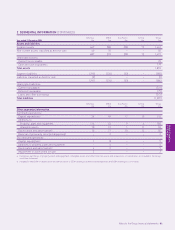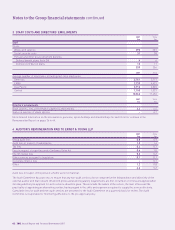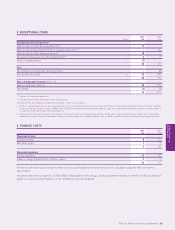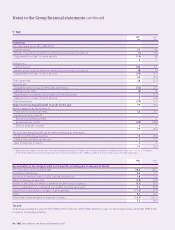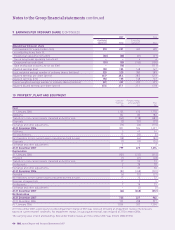Holiday Inn 2007 Annual Report Download - page 58
Download and view the complete annual report
Please find page 58 of the 2007 Holiday Inn annual report below. You can navigate through the pages in the report by either clicking on the pages listed below, or by using the keyword search tool below to find specific information within the annual report.
56 IHG Annual Report and Financial Statements 2007
Corporate information and accounting policies continued
Use of accounting estimates and judgements
The preparation of financial statements requires management
to make estimates and assumptions that affect the reported
amounts of assets and liabilities, disclosure of contingent assets
and liabilities at the date of the financial statements and the
reported amounts of revenues and expenses during the reporting
period. Actual results may differ from these estimates under
different assumptions and conditions.
The estimates and assumptions that have the most significant
effect on the amounts recognised in the financial statements are:
Impairment – the Group determines whether goodwill is impaired
on an annual basis or more frequently if there are indicators of
impairment. Other non-current assets, including property, plant
and equipment, are tested for impairment if there are indicators
of impairment. Impairment testing requires an estimate of future
cash flows and the choice of a suitable discount rate and, in the
case of hotels, an assessment of recoverable amount based on
comparable market transactions.
Retirement and other post-employment benefits – the cost
of defined benefit pension plans and other post-employment
benefits is determined using actuarial valuations. The actuarial
valuation involves making assumptions about discount rates,
expected rates of return on assets, future salary increases,
mortality rates and future pension increases.
Tax – provisions for tax accruals require judgements on the
interpretation of tax legislation, developments in tax case law
and the potential outcomes of tax audits and appeals. In addition,
deferred tax assets are recognised for unused tax attributes to
the extent that it is probable that taxable profit will be available
against which they can be utilised. Judgement is required as to
the amount that can be recognised based on the likely amount
and timing of future taxable profits, taking into account expected
tax planning.
Loyalty programme – the future redemption liability included in
trade and other payables is estimated using actuarial methods
based on statistical formulae that project the timing of future
point redemptions based on historical levels to give eventual
redemption rates and points values.
Trade receivables – a provision for impairment of trade
receivables is made on the basis of historical experience
and other factors considered relevant by management.
Other – the Group also makes estimates and judgements in the
valuation of management and franchise agreements acquired
on asset disposals, the valuation of financial assets classified as
available-for-sale, the outcome of legal proceedings and claims
and in the valuation of share-based payment costs.
New standards and interpretations
The IASB and IFRIC have issued the following standards and
interpretations with an effective date after the date of these
financial statements. They have not been adopted early by the
Group and the Directors do not anticipate that the adoption of
these standards and interpretations will have a material impact
on the Group’s reported income or net assets in the period
of adoption.
IFRS 3R Business Combinations
Effective from 1 July 2009
IFRS 8 Operating Segments
Effective from 1 January 2009
IAS 23 Borrowing Costs (Amendment)
Effective from 1 January 2009
IAS 27R Consolidated and Separate Financial Statements
Effective from 1 July 2009
IFRIC 11 Group and Treasury Share Transactions
Effective from 1 March 2007
IFRIC 13 Customer Loyalty Programmes
Effective from 1 July 2008
Note: the effective dates are in respect of accounting periods
beginning on or after the date.



